I hit the range with the Anschutz 1761, an already nearly perfect rimfire target rifle taken to the next level.
In years past, the field between rimfire and centerfire target rifles seemed pretty well matched in models, but with the advent of new cartridges and more rugged guns, the rimfire is the one to pick now. Rimfire rifles are lighter, easier to carry, and use softer-recoiling ammunition, which is less expensive and involves no reloading. Besides that, the .22 rimfire has a greater variety of precision or match ammo for serious target sessions or small game and varmint hunting in the field.
During my 50-plus-year writing career (yep, I’m getting up there), I’ve used almost every target handgun or rifle available. Handguns from Smith & Wesson, Colt, Walther, and the Ruger Mark IV Target come to mind and rifles, both custom and production, in sporter weight and heavy barrel versions from Remington, Ruger, Savage, or the CZ Model 457 rate high on my list.
Of course, the Anschutz Model 1761 series of guns includes various specialized models, of which one-third can make the grade as target guns, including the MPR (Multi-Purpose Rifle) we feature here due to its features and stock design. Anschutz is well known for catering to shooters who want the best but also appreciate options tailored to a shooting style or budget; in short, I will call these production-custom rifles with further upgrades in wood and engraving available from the Custom Shop.
Anschutz Model 1761 Specs
Action: Bolt-action
Caliber: .22 LR (tested)
Barrel: Carbon steel, blued
Barrel Length: 18 to 23 inches
Barrel Twist Rate: 420mm (1:16.5 inches)
Magazine Capacity: 5
Safety: Two-position, silent
Trigger Pull: Two-stage, 8 ounces
Sights: None, receiver drilled and tapped for scope mounts
MSRP: $2,195
Website: anschutznorthamerica.com
Anschutz entered the specialized target market with the Model 54 action in the 1950s and, some years later, with the SuperMatch in 1962, when the Winchester Model 52 was considered the .22-caliber rifle for competition sports. However, Anschutz’s well-designed trigger, shorter lock time, and heavier receiver placed the Winchester brand on the back burner in these venues almost overnight.
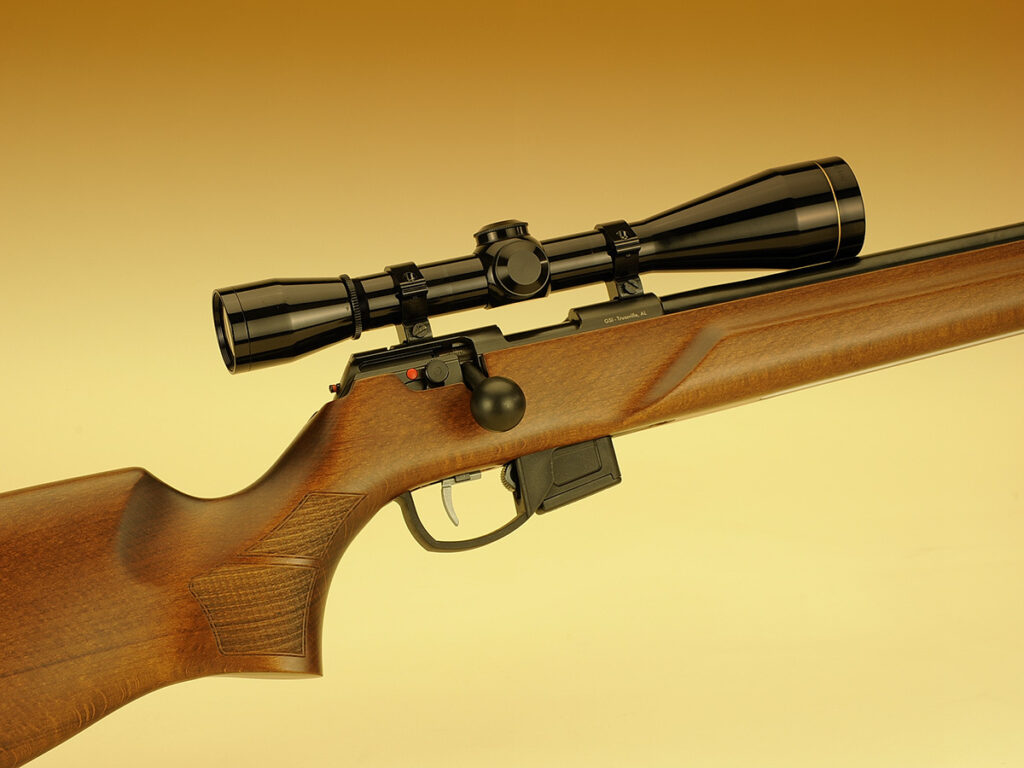

About a decade later, the lighter-weight Model 64-type receiver came about, aimed at the sporting rifle enthusiast. In 2015, Anschutz announced a shorter bolt machined 30mm in overall length to compete with other competition rifles in the same class. With its life cycle closing in, engineers conceived a new action that could be used for sporting and target-grade rifles. The result was the Model 1761, which incorporates a shorter bolt lift and a smoother operation across several new models.
The new design replaced the 53-degree bolt lift on the Model 54 with a 60-degree one, thus moving the three locking lugs to the middle of the bolt rather than at the rear. This gained the advantage of a single-spring striker system that moved to the bolt’s rear with a shorter bolt. Also, a roller bearing reduces the cocking effort. Finally, an oversized bolt knob of 25mm (1-inch) in diameter aids cocking, extraction (via twin opposing extractors on the bolt face), and loading of the cartridge into the chamber, which shows a red indicator at the rear of the shroud when cocked.
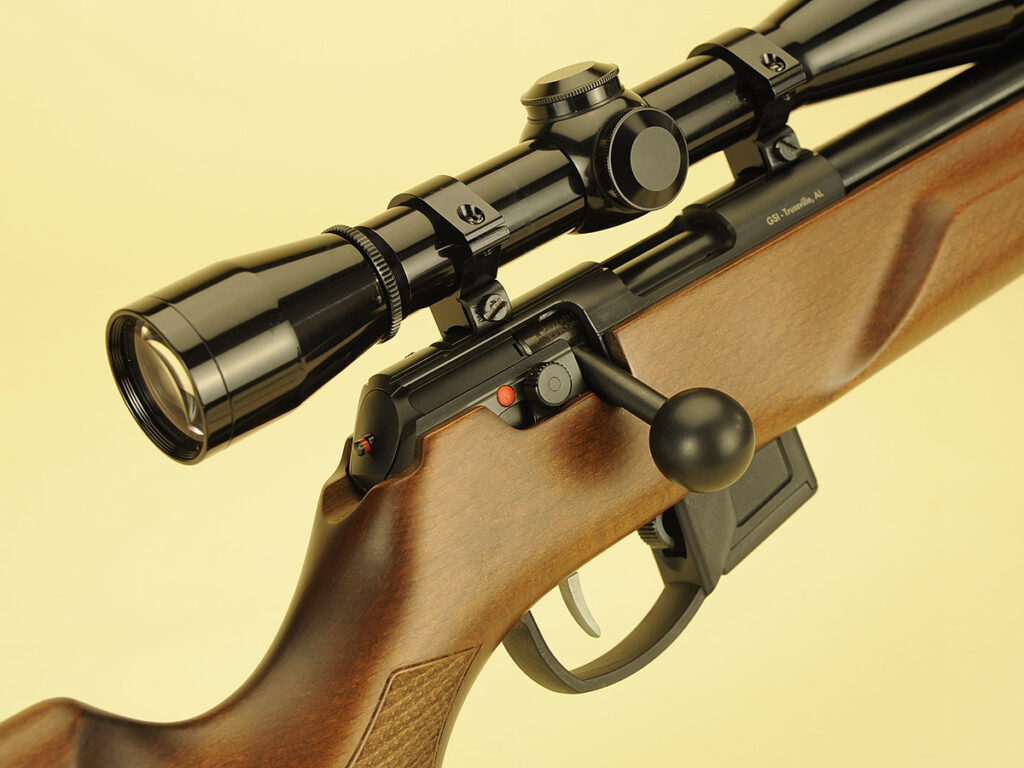

With all that going on, the receiver needed to be upgraded. Anschutz went with a flat bottom machined from a solid Chromoly steel billet with an integral recoil lug shortened by 40mm. The conventional 11mm dovetail was kept for scope mounting, as was a 3mm cross-slot at the rear of the receiver for a Picatinny rail. The receiver is not epoxy bedded into the stock; Anschutz engineers reasoned that the larger bottom’s flat surface was more than enough to ensure the desired accuracy, having a choice of the .22 Long Rifle, .17 HMR, or the .22 Winchester Magnum Rifle (WMR) cartridge.
Anschutz made this target gun—and the others in the series—to accept interchangeable barrels for precision and hunting duties, with a selection of seven barrels in lengths including 18, 19.3, 20.3, 21.4 and 23 inches in sporter and heavy configurations with or without open sights, barrel threads, or a suppressor. All are changed (Anschutz recommends a gunsmith) via twin barrel locking clamps that allow precision seating and headspace on the receiver. Additionally, the barrels are target-crowned, and on the MPR model, the barrel has been enlarged slightly from a total barrel diameter of .810 to .860 inch at the muzzle with a 3-inch-long 11mm dovetail to accept a competition front sight.
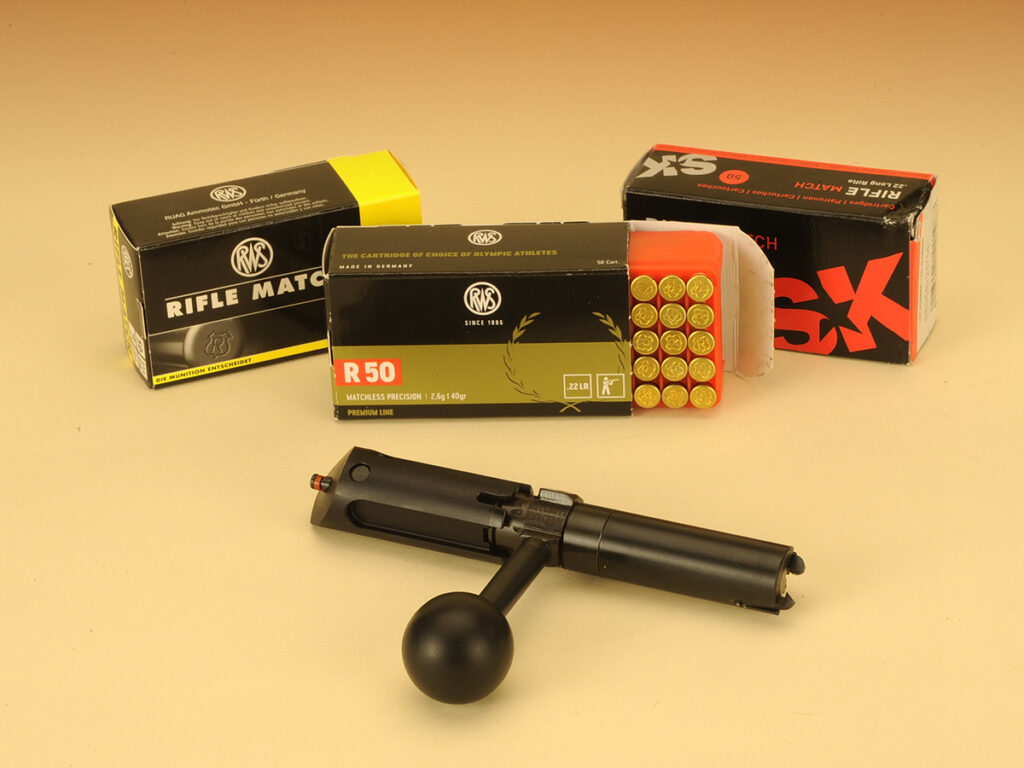

While the guns accept three different calibers, the five-round magazines are dimensionally the same on the outside, allowing them to work seamlessly with one standard style of bottom metal and trigger group. With the addition of an extended pad on the bottom, regardless of the weather or gloves, it’s easy to guide it into the gun thanks to a small channel on the triggerguard. You can also remove it via a release on the inside of the triggerguard.
Anschutz improved the safety lever by enlarging its surface and smoothing its operation. While there is a detent, it has no detectable click and rides over this notch without any noise—and very smoothly at that.
When I mention custom in describing the Model 1761, trigger options are a significant part of the rifle’s accuracy. Both are finely adjustable, with one single-stage affair, including the magazine release with or without a trigger blade that moves forward or rearward on a slide to accommodate a “length of pull” on the trigger shoe. The other option is the one I like since it includes a two-stage trigger, with or without the trigger blade adjustment. Out of the box, the trigger on my MPR broke at 8 ounces after the initial take-up.
The Multi-Purpose Rifle’s stock work is outstanding. The lines are clean and well-defined, the wood is select-grade or above with no knots, and it’s finished with a satin-lacquered finish.
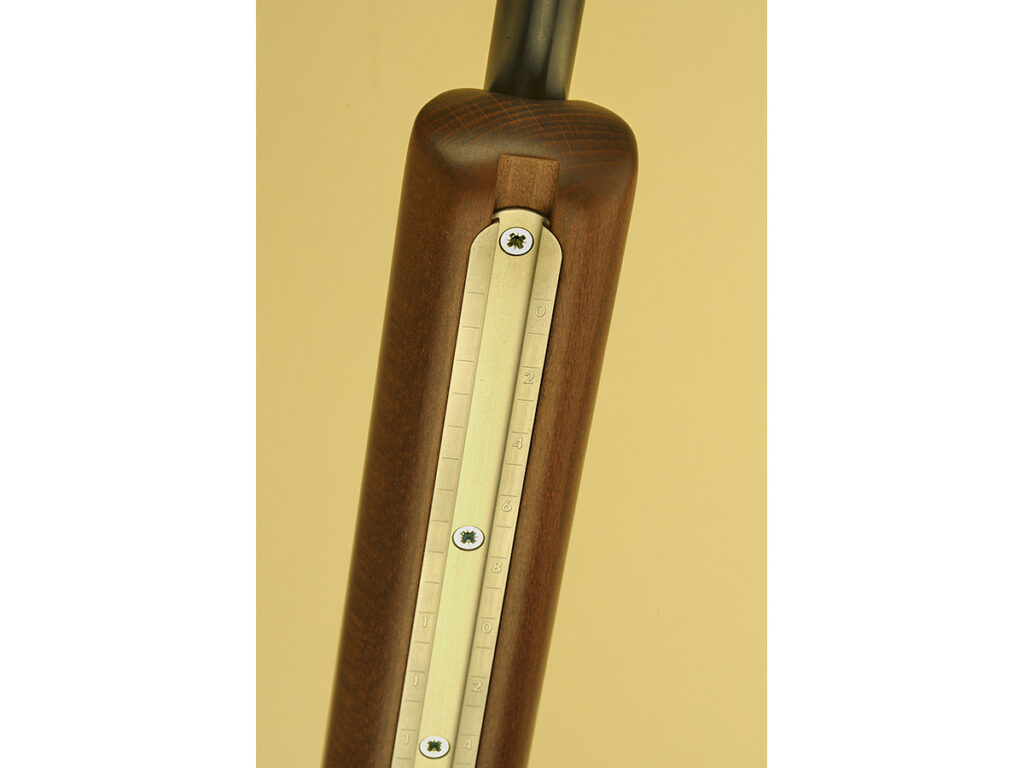

Other features include a wide beavertail forearm with finger grooves on each side and a 10-inch aluminum rail inletted underneath for target shooting accessories. While the rail may not serve the average varmint shooter, it keeps this part of the wood stock in check against moving or warping—and any varmint or small game hunter would be happy using it as it adapts to any spontaneous rest in the field. There is no checkering here, as the width and finger grooves offer more than enough purchase.
Moving back, the stock tapers inward over the bottom metal holding the magazine well and triggerguard. The pistol grip is well-formed and curved for comfortable handling. There is no pistol grip cap—watch those prone shooting opportunities—and it’s checkered in a pleasing outline on both sides, complete with a custom ribbon cut halfway in the pattern.
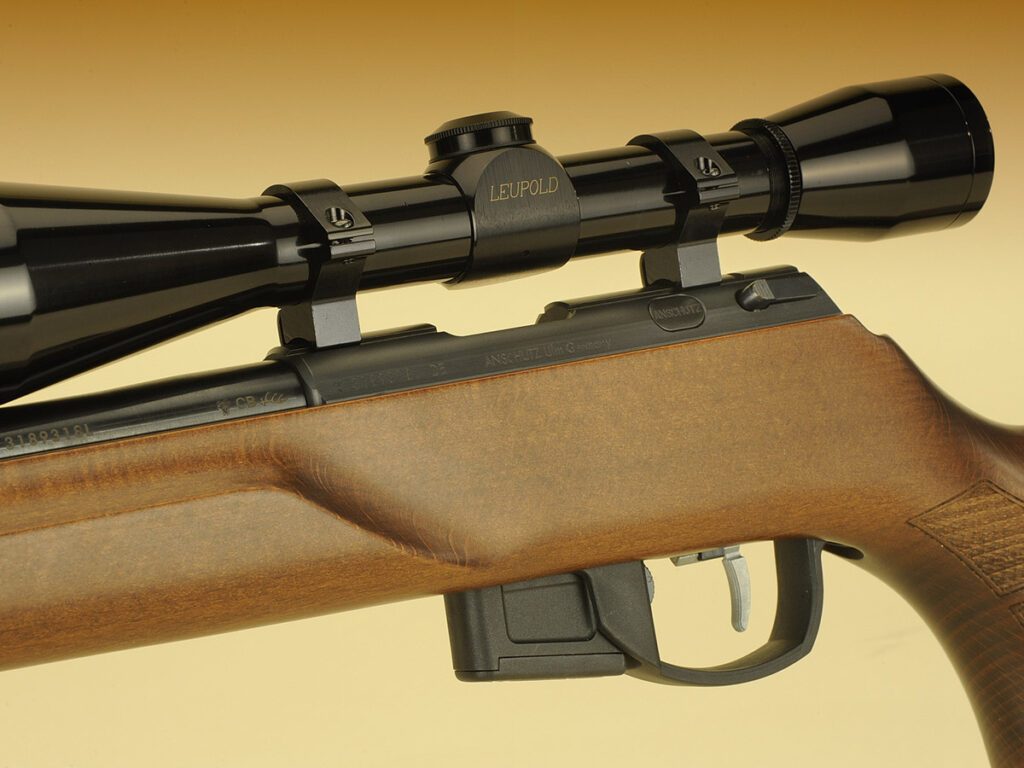

The stock wrist is full and offers plenty of room, even with winter gear or heavy gloves. On the buttstock, the comb is high sans a cheekpiece. At the rear is an adjustable recoil pad. Removing the screw allows you to move the rear part up or down to fit your shoulder. Taking it off reveals two holes, which I surmise are for high-tech buttplates that fit in the stock with two rods for length-of-pull adjustments.
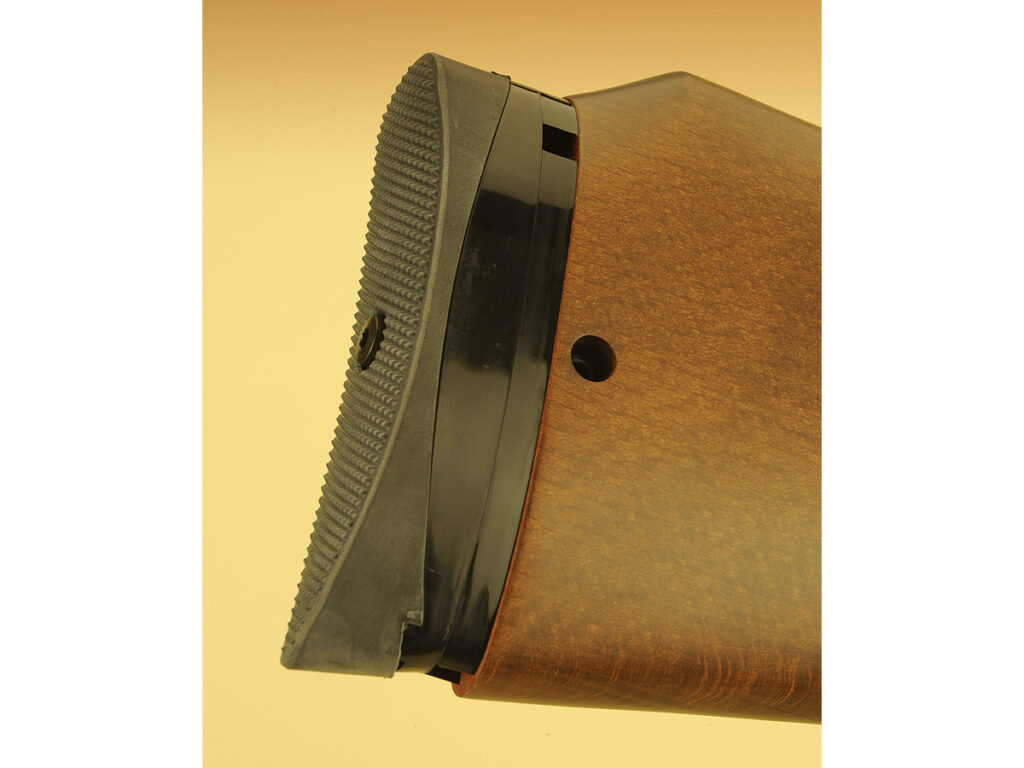

I’ve always enjoyed custom touches on my rifles, and to this end, Anschutz offers four grades of wood with the initial order. Starting at the entry level, you have the Standard Grade (nice wood and finish), and then you move to the Premium Grade, which has more color, figure, and grain pattern. From there, you get into the fine wood with the Luxus Grade and the Meister Grade, which shows a Grade V or VI class of wood. To further trick out the rifle to your tastes and checkbook, Anschutz has its Custom Shop. Here, you can pick from the best wood, deep-relief engraving, and other details to make your gun a unique family heirloom.
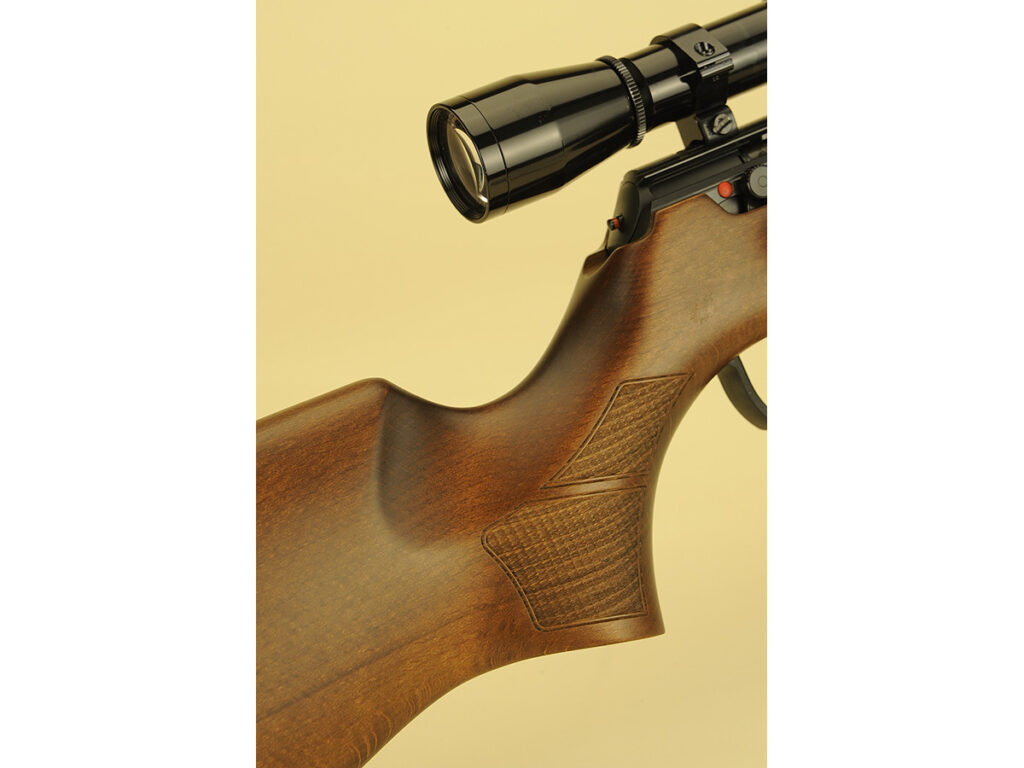

But how does it shoot? Since winter makes it hard to go woodchuckin,’ paper targets set up at 50 yards had to do. The company sent three selections of target-grade ammunition from RWS and S&K. I installed a Leupold 6x42mm scope in Bushnell low rings. The mounting was low, with just a bit of air between the objective bell and the barrel.
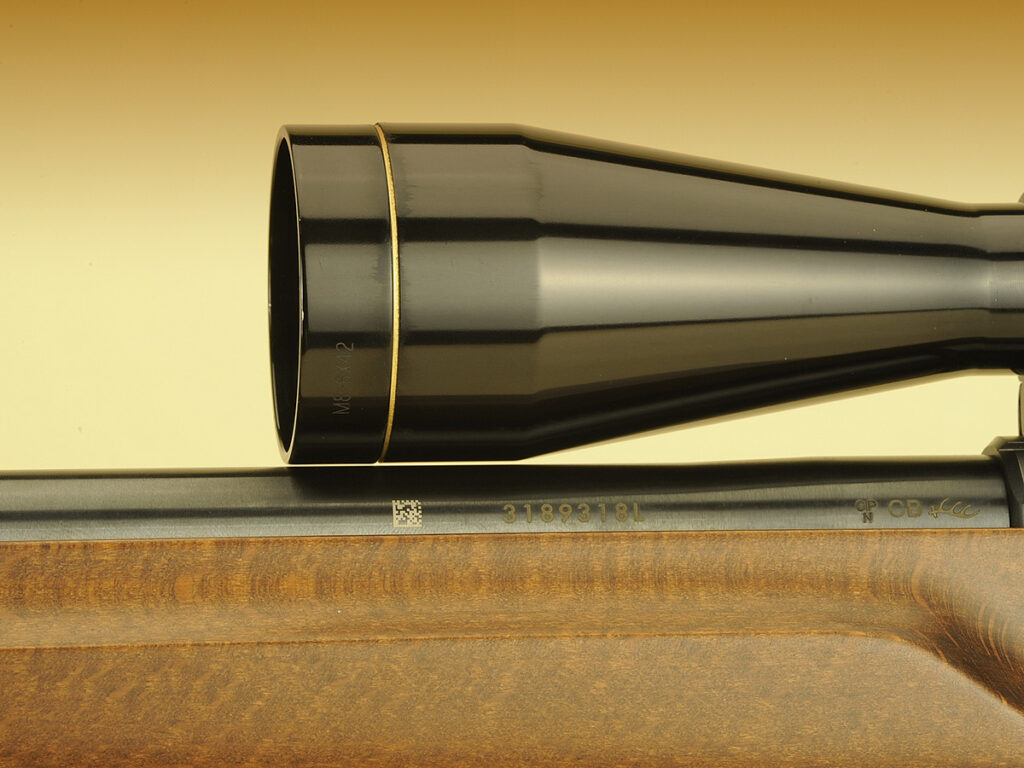

Settling down at the bench with sandbags, the Model 1761 came to life. With the extra heft of the gun and the near-perfect trigger, I could count on groups with all five shots touching. What you see in the chart is the best of the five-shot groups fired from each box of ammo. Not averages, the best of the best, and to confirm what I saw—and not just dreamed—Anschutz sent six range test targets which, as an aggregate, came in at .326-inch from the factory with the best group of .238 inch. Now, it was my turn.
| LOAD (GRAINS) | VELOCITY (FPS) | FIVE-SHOT 50-YARD GROUP (IN.) |
| 40 RWS Rifle Match | 1,068 | .285 |
| 40 RWS R50 | 1,060 | .240 |
| 40 S&K Rifle Match | 996 | .245 |
Up first was the RWS Rifle Match brand. After the smoke cleared, the best was at a curt .285 inch. The RWS Matchless Precision topped all with the best of the morning, with five shots touching at .240 inch. This was also the best ammo the company used for its testing. Rounding up the session, the S&K Rifle Match came in close, but there was no cigar at .245 inch. Velocities were around 1,000 fps plus, typical for this type of ammunition.
As a dedicated small game and chuck hunter, the Anschutz Model 1761 MPR is worthy of a second look. The lines are true; the gun is sound and more than accurate if you do your part.
Anschutz Model 1761 Deals
| EuroOptic | Anschutz 1761 HB 015614 | $2,300 |   |
| EuroOptic | Anschutz 1761 HB 015611 | $2,300 |   |
Editor’s Note: This article is an excerpt of Gun Digest 2025, 79th edition.
More On Rimfire:
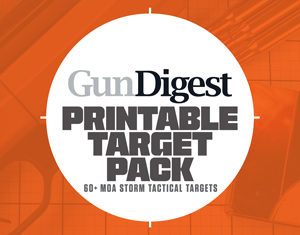

Next Step: Get your FREE Printable Target Pack
Enhance your shooting precision with our 62 MOA Targets, perfect for rifles and handguns. Crafted in collaboration with Storm Tactical for accuracy and versatility.
Subscribe to the Gun Digest email newsletter and get your downloadable target pack sent straight to your inbox. Stay updated with the latest firearms info in the industry.
Read the full article here

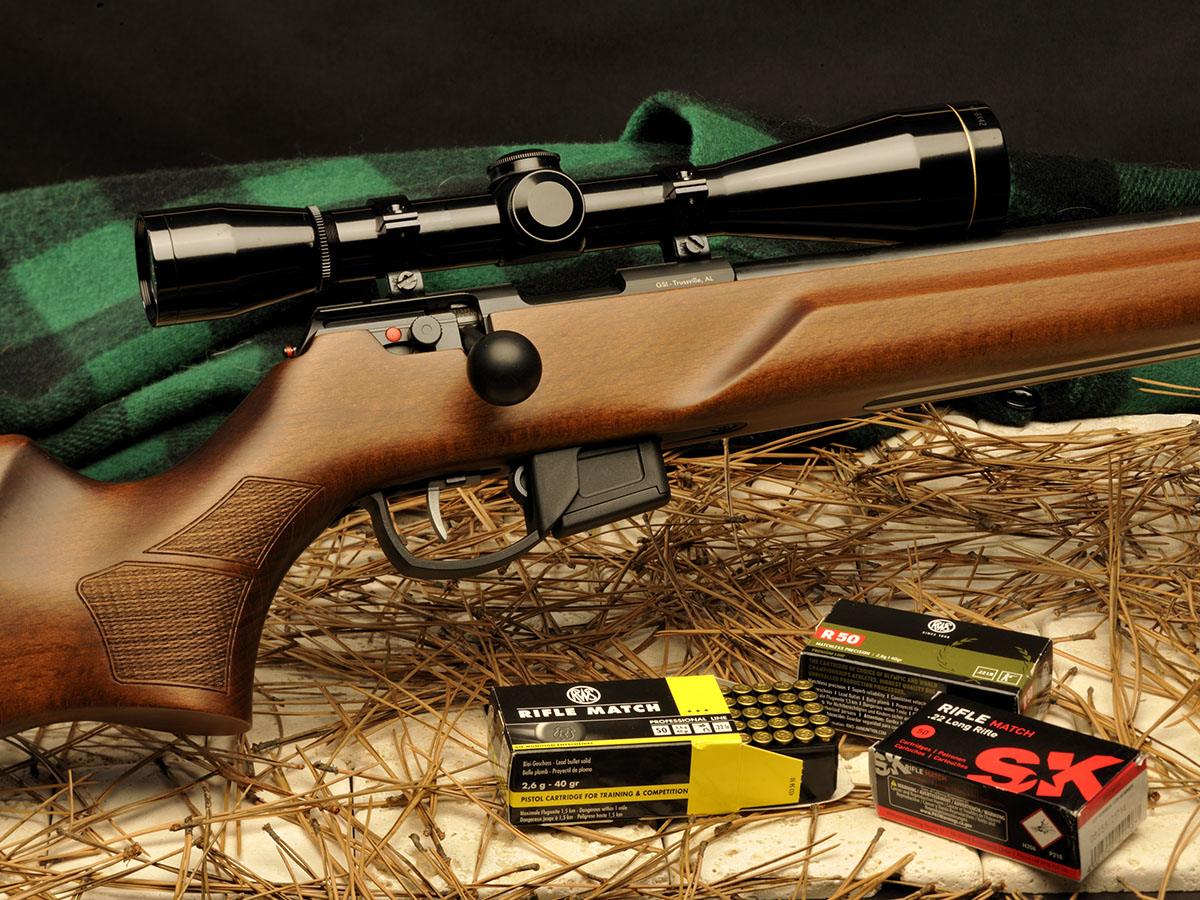
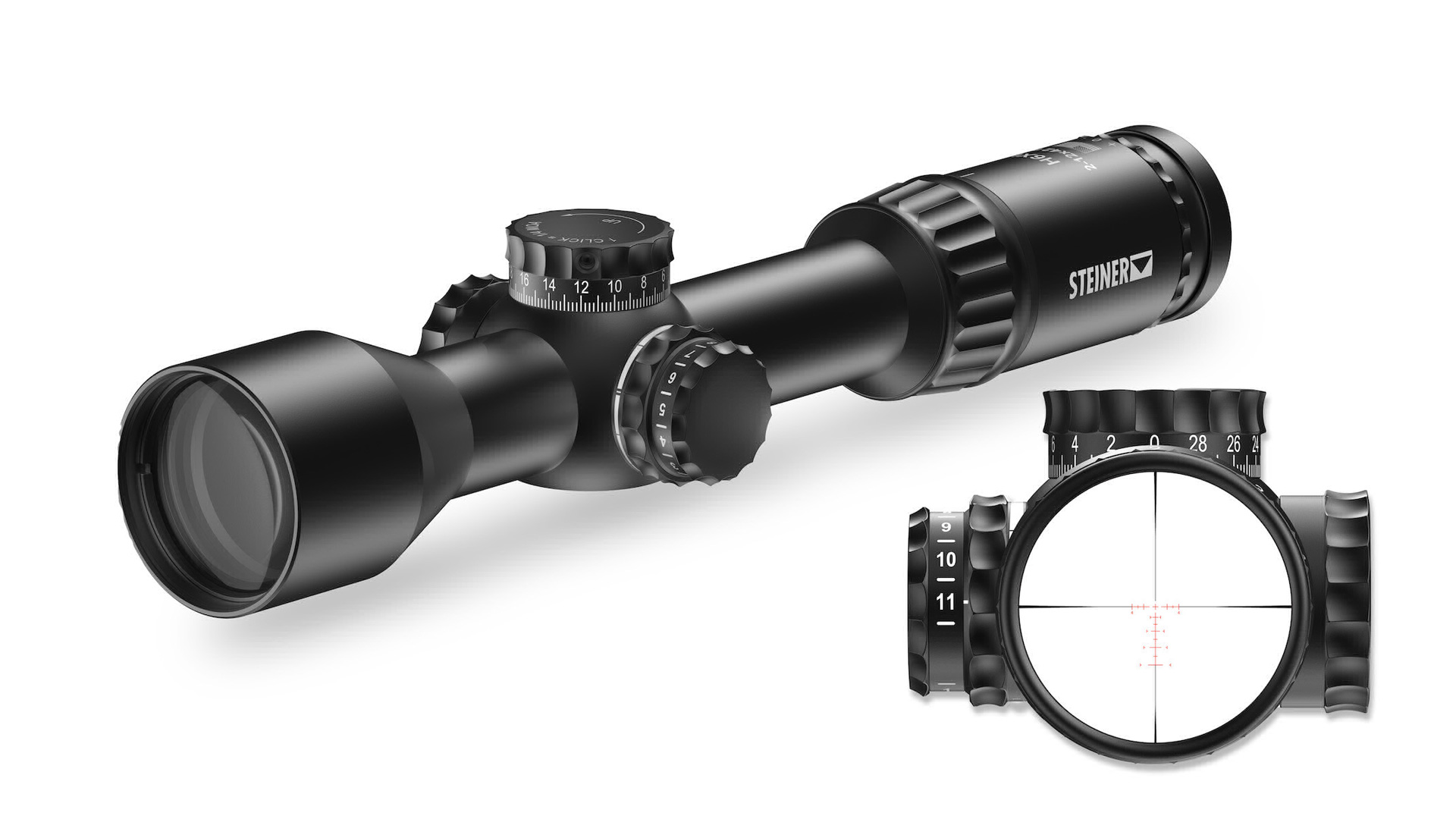
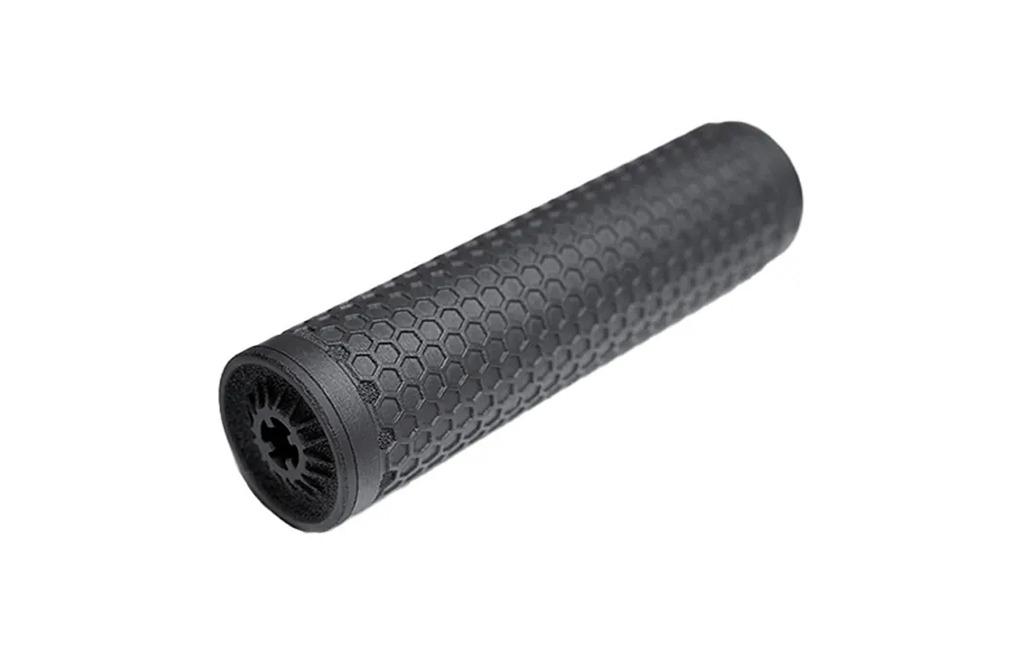
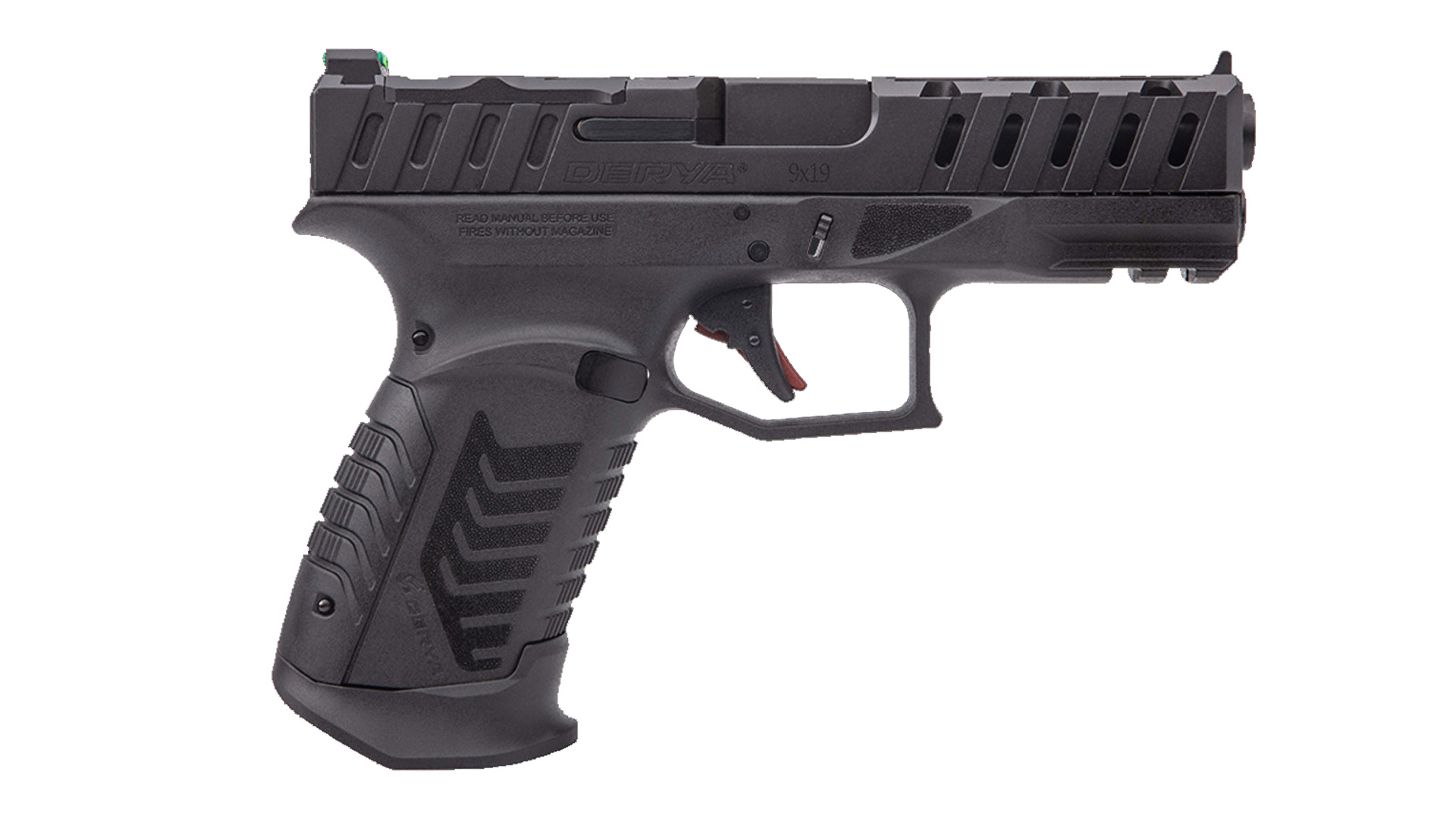
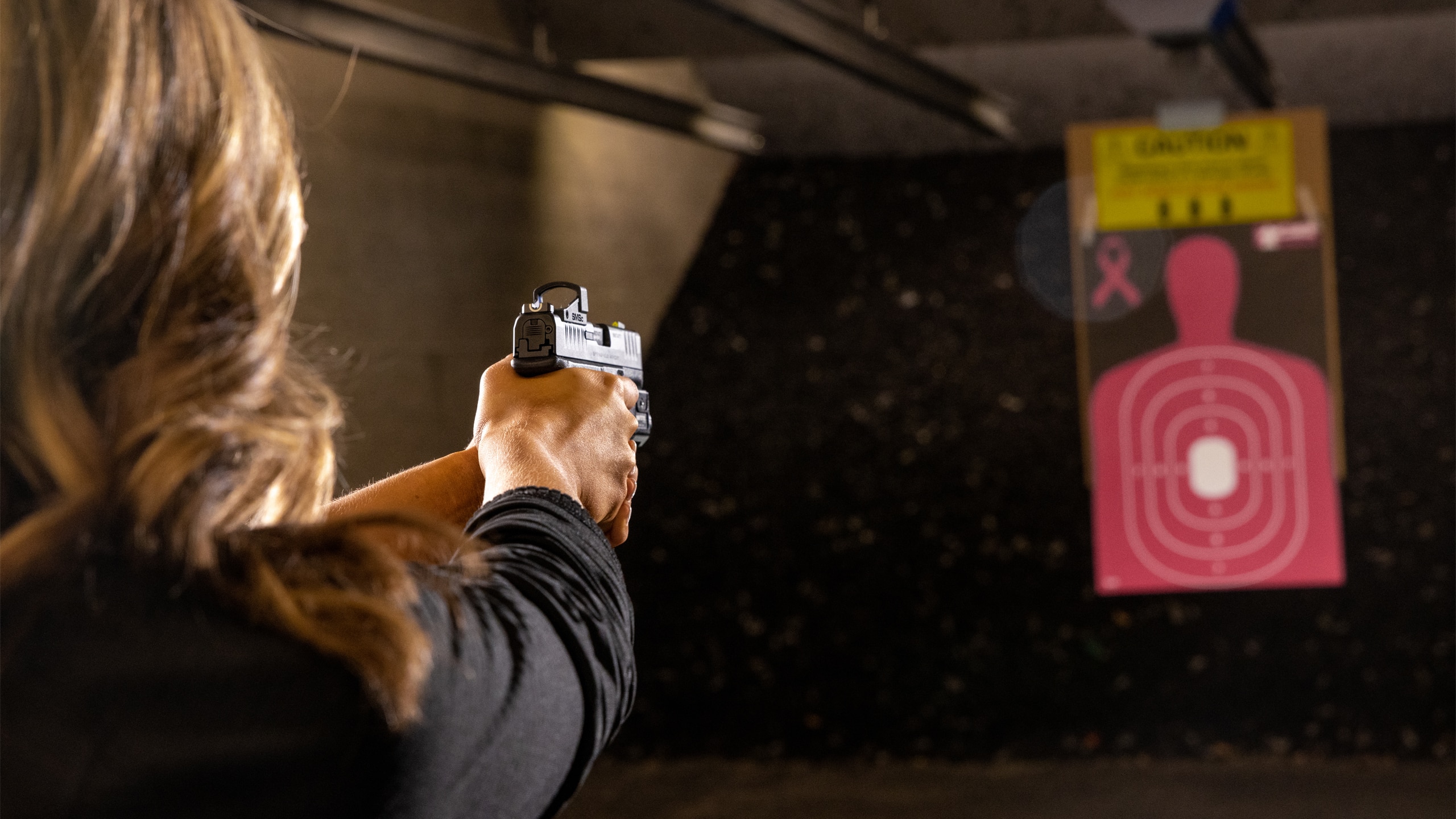
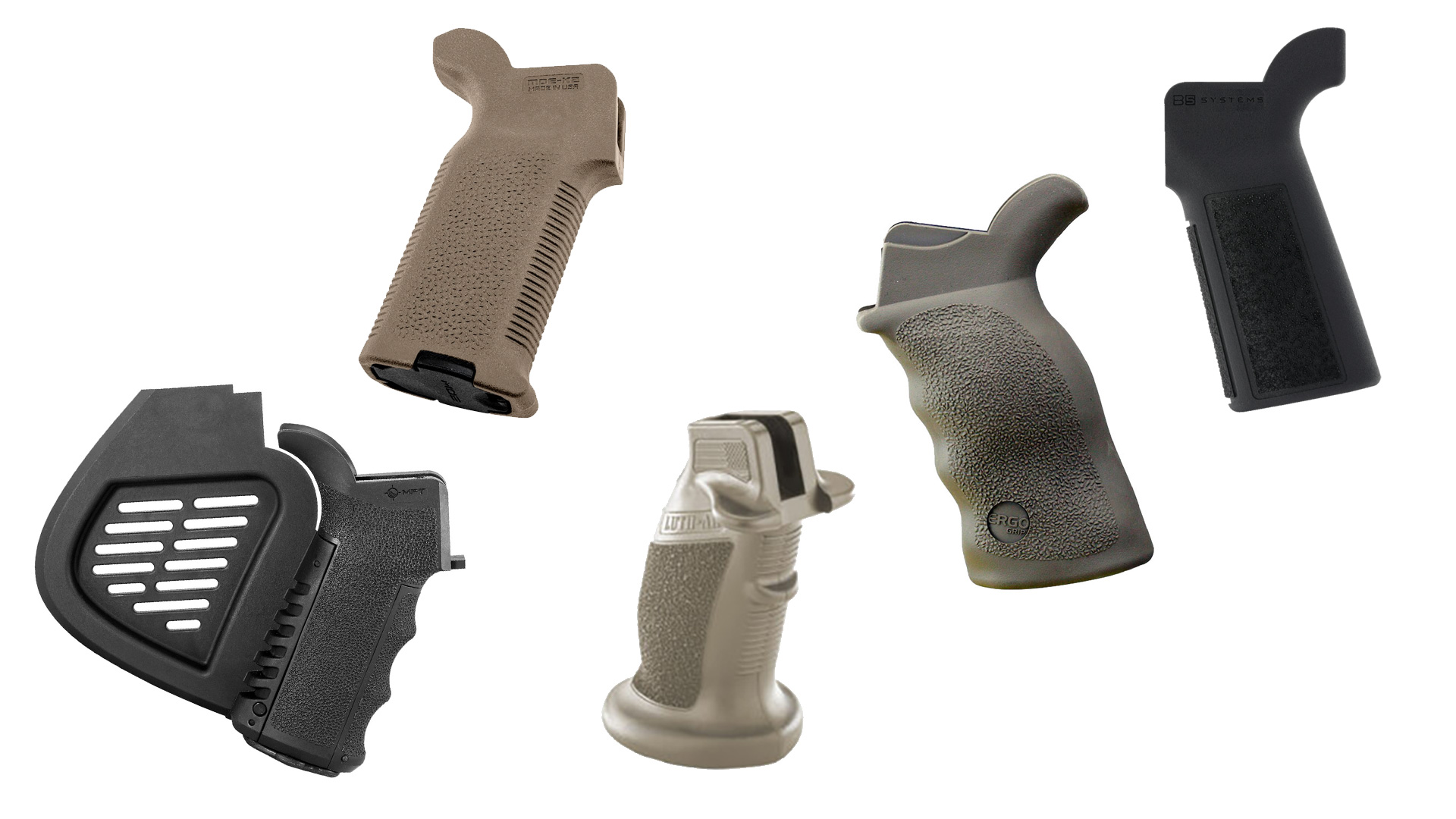
Leave a Reply